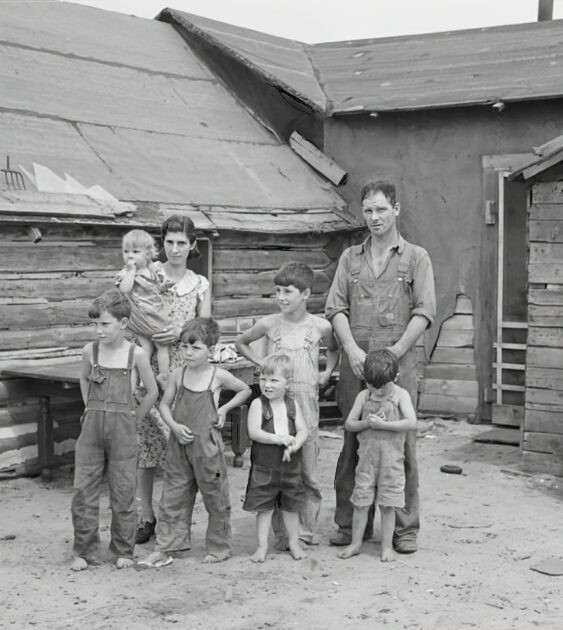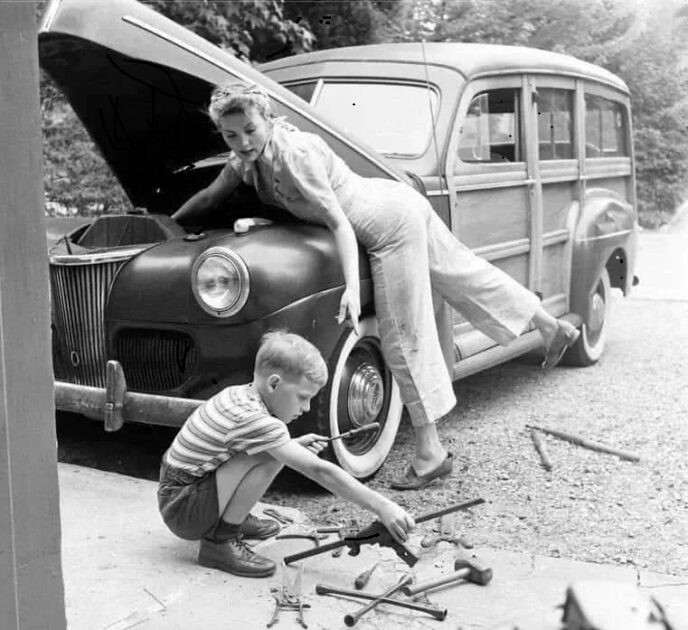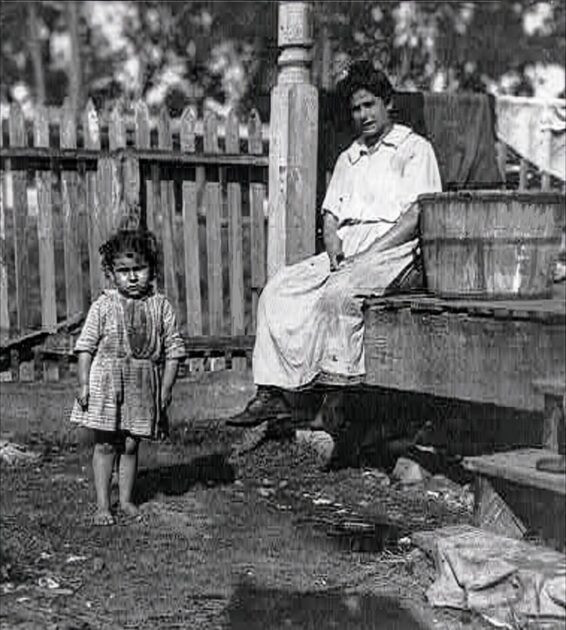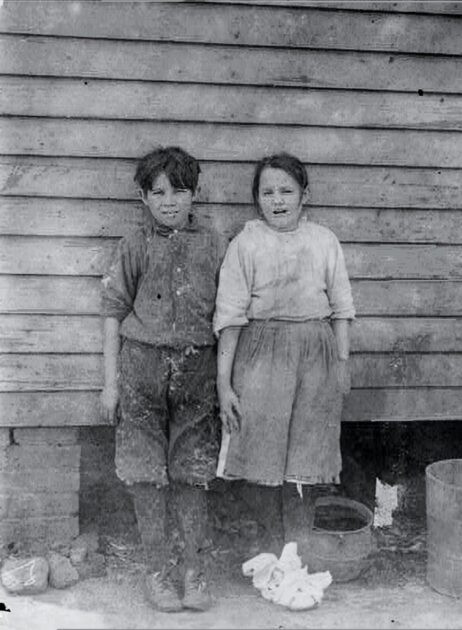1937 in Wisconsin: A Snapshot of Life and Times

Art Simplot and family outside their home in the Wisconsin town of Black River Falls.
A Year of Transformation and Resilience
1937 was a year of significant transformation and resilience for the people of Wisconsin. As the state navigated the lingering effects of the Great Depression, communities like Black River Falls showcased the fortitude and spirit of everyday Americans. The Simplot family, captured in a poignant photograph outside their home, exemplifies the era’s determination and the tight-knit fabric of rural life.
The Economic Landscape
By 1937, Wisconsin was gradually recovering from the depths of the Great Depression. New Deal programs, spearheaded by President Franklin D. Roosevelt, had been instrumental in providing relief and creating jobs. In Wisconsin, initiatives such as the Works Progress Administration (WPA) and the Civilian Conservation Corps (CCC) had employed thousands, helping to rejuvenate both urban and rural areas.
However, the economic recovery was not uniform. While industrial cities like Milwaukee saw a revival in manufacturing and employment, rural areas faced ongoing challenges. Farmers contended with fluctuating crop prices and the impact of previous droughts, making daily life in towns like Black River Falls a constant struggle for stability.
Social and Cultural Life
Despite economic hardships, 1937 was a year rich in social and cultural activities. Communities across Wisconsin came together to celebrate local traditions and support one another. County fairs, church socials, and community picnics were common, offering respite and a sense of normalcy.
In Black River Falls, the Simplot family and their neighbors would gather for events at the local Grange Hall, a hub for social and civic activities. These gatherings provided opportunities for sharing news, celebrating milestones, and fostering a sense of community.
Innovations and Progress
Technological advancements also marked 1937 in Wisconsin. Rural electrification projects, driven by the Rural Electrification Administration (REA), were underway, bringing electricity to many parts of the state for the first time. This transformation was not just about convenience but represented a significant shift in daily life, improving productivity and quality of life.
The education sector saw progress as well. Schools in rural areas began to receive more support and resources, aiming to provide better opportunities for children. Education was a beacon of hope for many families, including the Simplots, who saw it as a path to a brighter future.
The Simplot Family: A Portrait of 1937
The photograph of Art Simplot and his family outside their Black River Falls home is more than just an image; it is a narrative of resilience, hope, and community. The modest house, likely built with the help of neighbors, symbolizes the collective effort and solidarity that defined rural Wisconsin life.
Art Simplot, like many of his peers, would have been involved in multiple roles—farming, community organizing, and perhaps working part-time in local industries. His family, dressed in their Sunday best for the photograph, reflects the pride and dignity of a people who, despite economic hardships, maintained their spirit and optimism.




